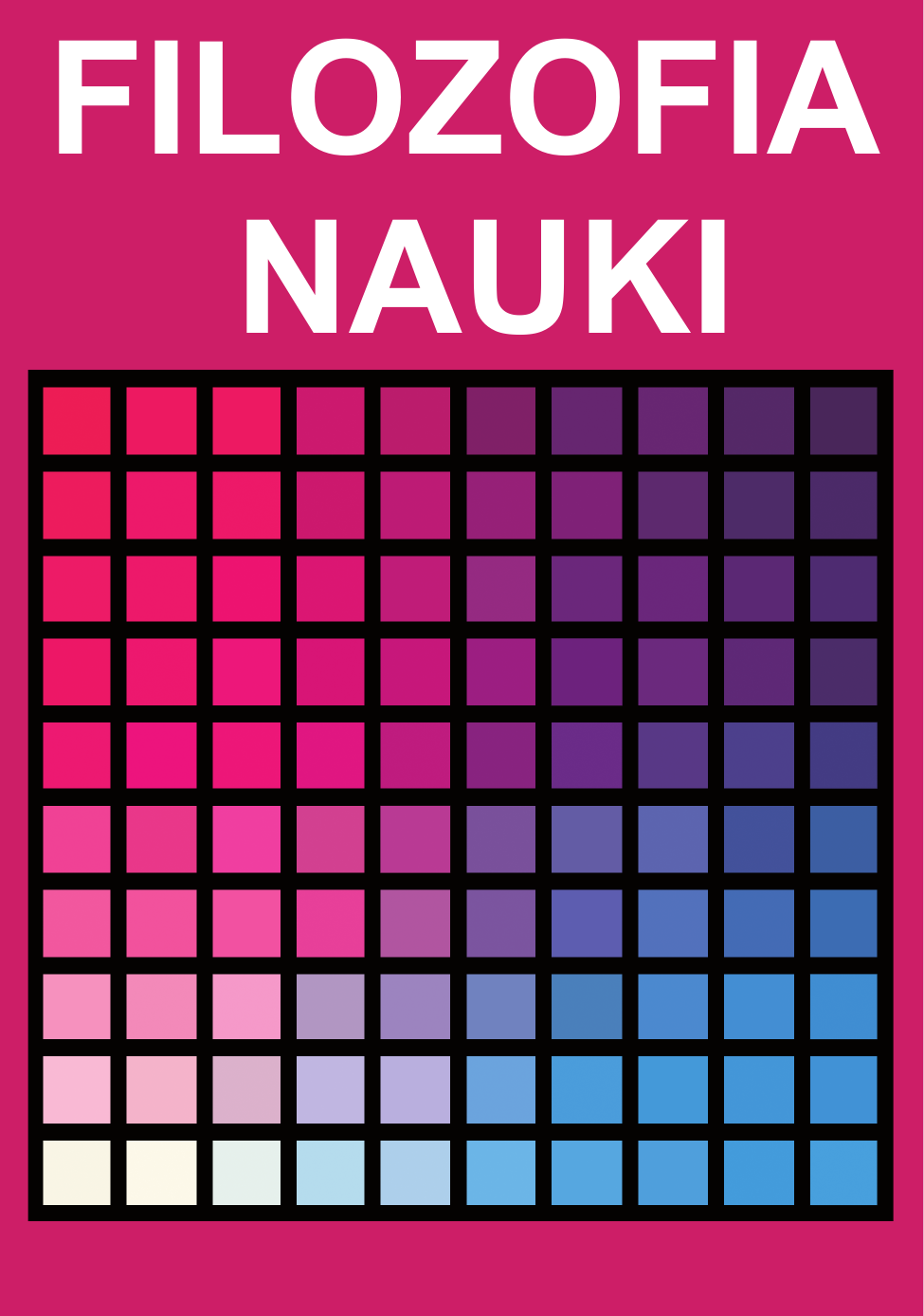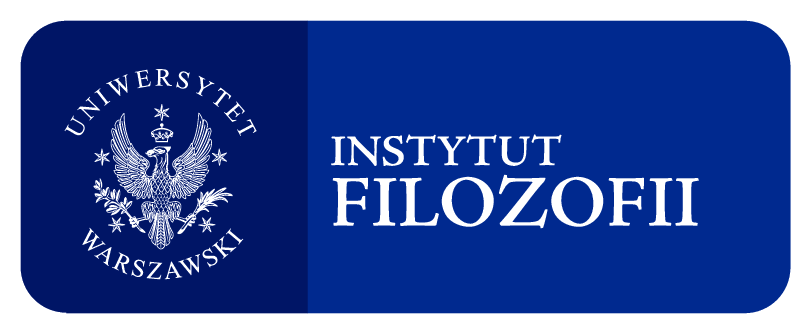Integralność matematyki
Abstrakt
The origins of mathematics, a close connection and interpenetration of its parts, and uniform procedures of dealing with the mathematical matter - all of them speak in favour of the integrality of mathematics. It seems that a strong argument for such a view is a fundamental object of contemporary mathematics; namely a real line, which contains real numbers (so arithmetics as well) and constitutes a basis of geometry, mathematical analysis and all derivative branches. From the basic-structures perspective it is clear that the real line is an exceptionally complex structure, for it contains the ordered structure (generated by the less-than relation), the algebraic structure (generated by addition and multiplication), the gemetrical structure (generated by translations and reflections) and the topological structure (generated by open intervals). This example explains, at least to some extent, the integrality and also the vivacity of mathematics. On the other hand, the integrality has not been confirmed by comprising the whole mathematics in one axiomatised, deductive theory. Moreover, the increasing „volume” of mathematics, unwillingness of mathematicians to cross the specialisation-barriers, emphasis on utility (models) and difficulties with axiomatisations of some parts of mathematics cast some doubts on the integrality in question.















 Filozofia Nauki | ISSN 1230-6894 | e-ISSN 2657-5868
Filozofia Nauki | ISSN 1230-6894 | e-ISSN 2657-5868